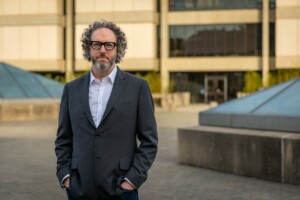Interdisciplinary design firm HGA and Nelson Byrd Woltz Landscape Architects (NBW) have unveiled a newly completed project at the Burial Ground for Enslaved People at Thomas Jefferson’s Monticello in Charlottesville, Virginia. The UNESCO World Heritage Site-designated mountaintop plantation was designed and inhabited by the third president of the United States from 1770 until his death in 1826. The Burial Ground serves as final resting place for an estimated 40 enslaved African people who lived and toiled on the (originally) 5,000-acre plantation, cultivating tobacco and later wheat. (Jefferson is believed to have enslaved more than 600 people during his lifetime, with a vast majority of them held in bondage at Monticello.) The Burial Ground was first discovered just a little over twenty years ago in the Mulberry Row section of Monticello and was commemorated in the fall of 2001 by the Thomas Jefferson Foundation.
The HGA- and NBW-led design refresh of the site comes just ahead of the Burial Ground’s rededication ceremony, which will be held June 17–18 to coincide with Juneteenth.
“From the very beginning of this project, HGA and NBW understood how important it was to collaborate with members of Monticello’s descendant community and to prioritize their voices,” said Andrew Davenport, director of Monticello’s Getting Word African American Oral History Project, in a statement. “The results of that close collaboration are improvements that better honor and protect the solemnity of the site. We look forward to rededicating the Burial Ground and sharing its history with all who visit Monticello.“
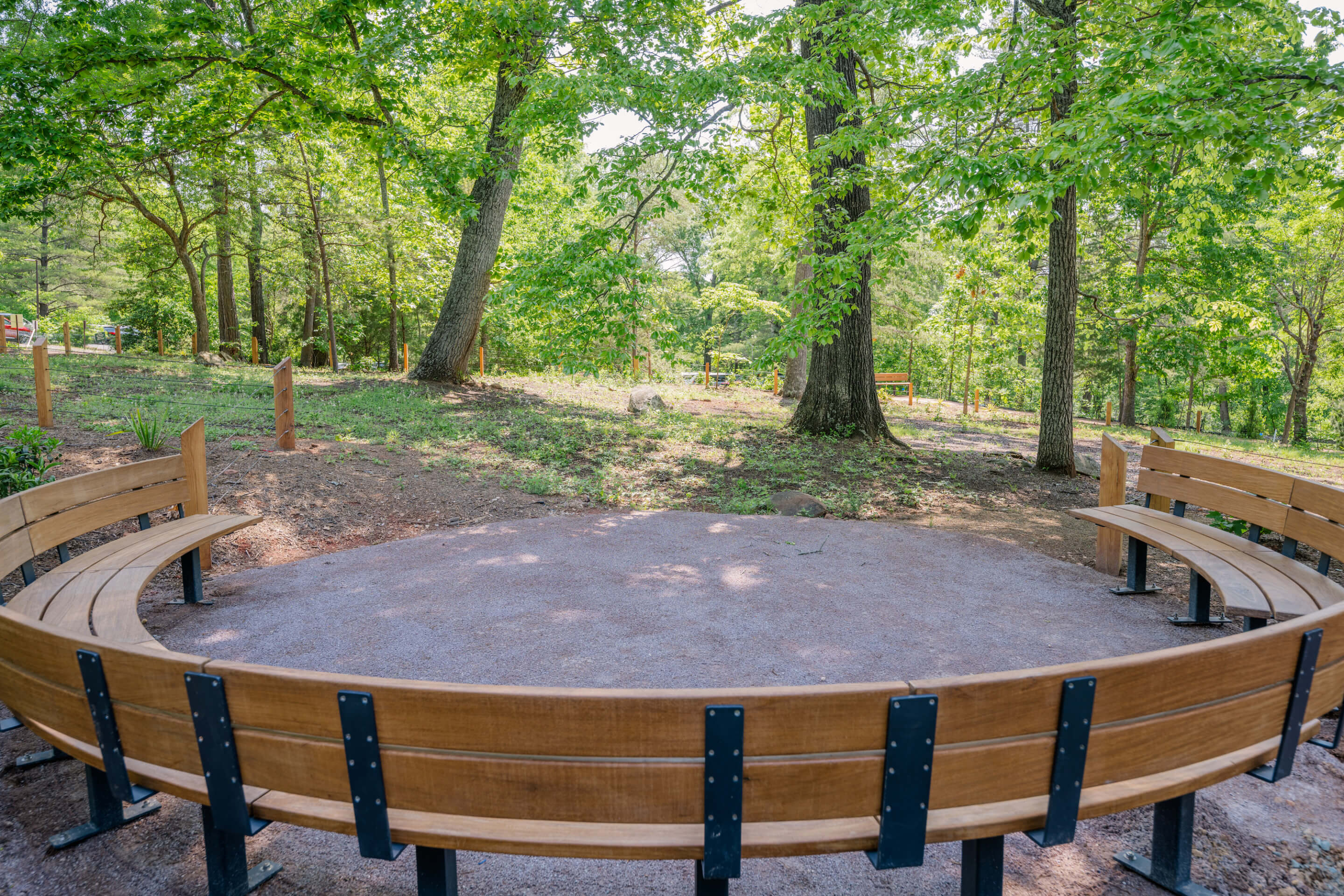
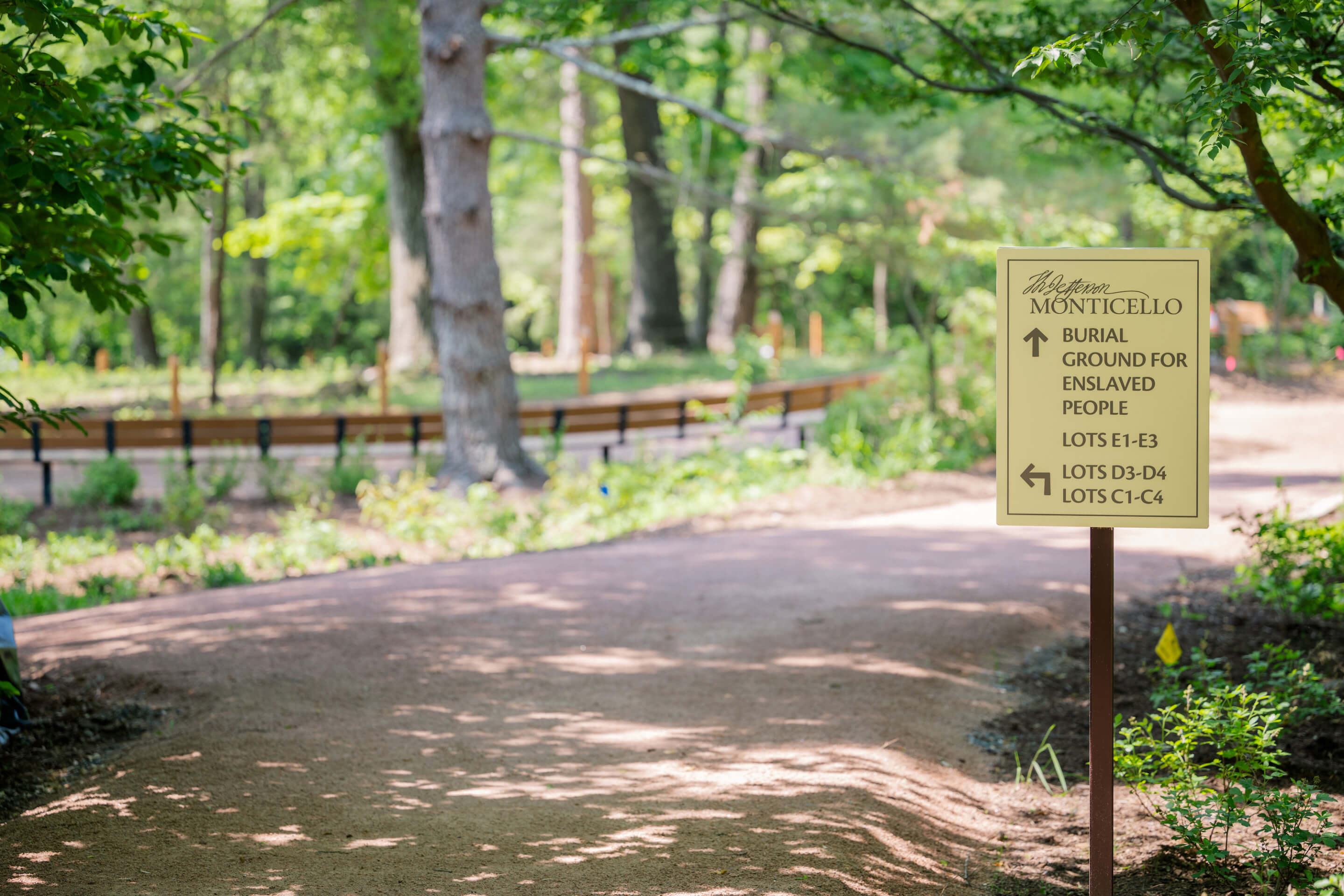
As detailed in a press release, the project was borne from “an intensive process that included researching historic site conditions, listening sessions with the descendant community, and intensive historic research, site, and spatial analysis.” Restrained and focused on boosting accessibility, improving circulation, and providing spaces for visitors to participate in moments of quiet introspection, the scope of the project included creating a pathway encircling the Burial Ground; installing physical markers between the site and Monticello’s main visitor’s hub, the David M. Rubenstein Visitor Center; establishing private outdoor spaces in which descendants can pay their respects; and further enlarging the site by removing a small access road near the Burial Ground to create a “sensory buffer.”
“Four decades after my first visit to Monticello as a teenager, I found myself part of a design team challenged by visionaries at the Thomas Jefferson Foundation to honor the enslaved people who had remained largely invisible over the centuries,” said Peter Cook, a design principal at HGA who was appointed to the U.S. Commission of Fine Arts by President Biden last year. “Our team’s immersive design process led to a design that pays respect to the enslaved and their descendants, provides greater visibility to the Burial Ground, and helps make the Burial Ground central to the understanding of Monticello.”
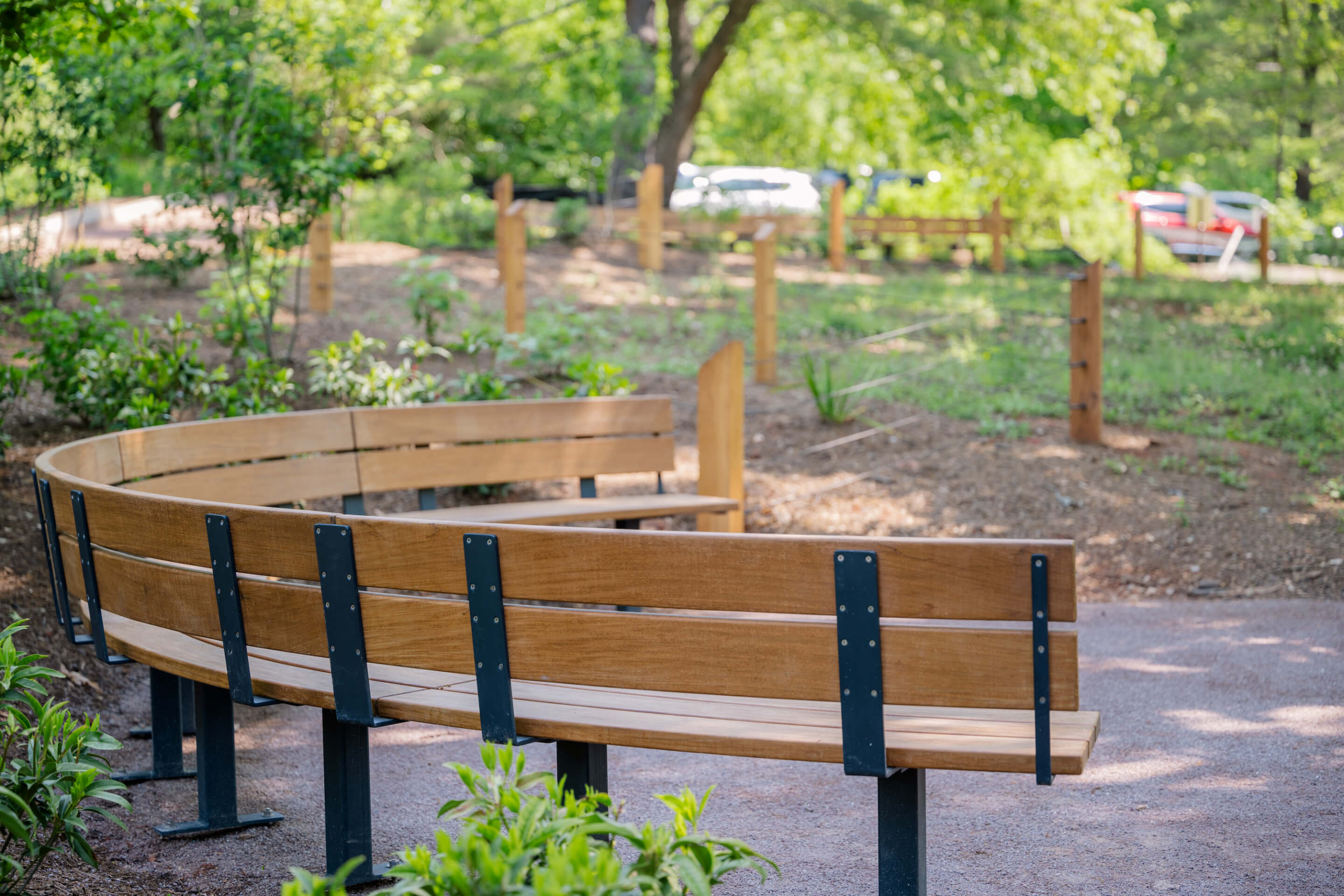
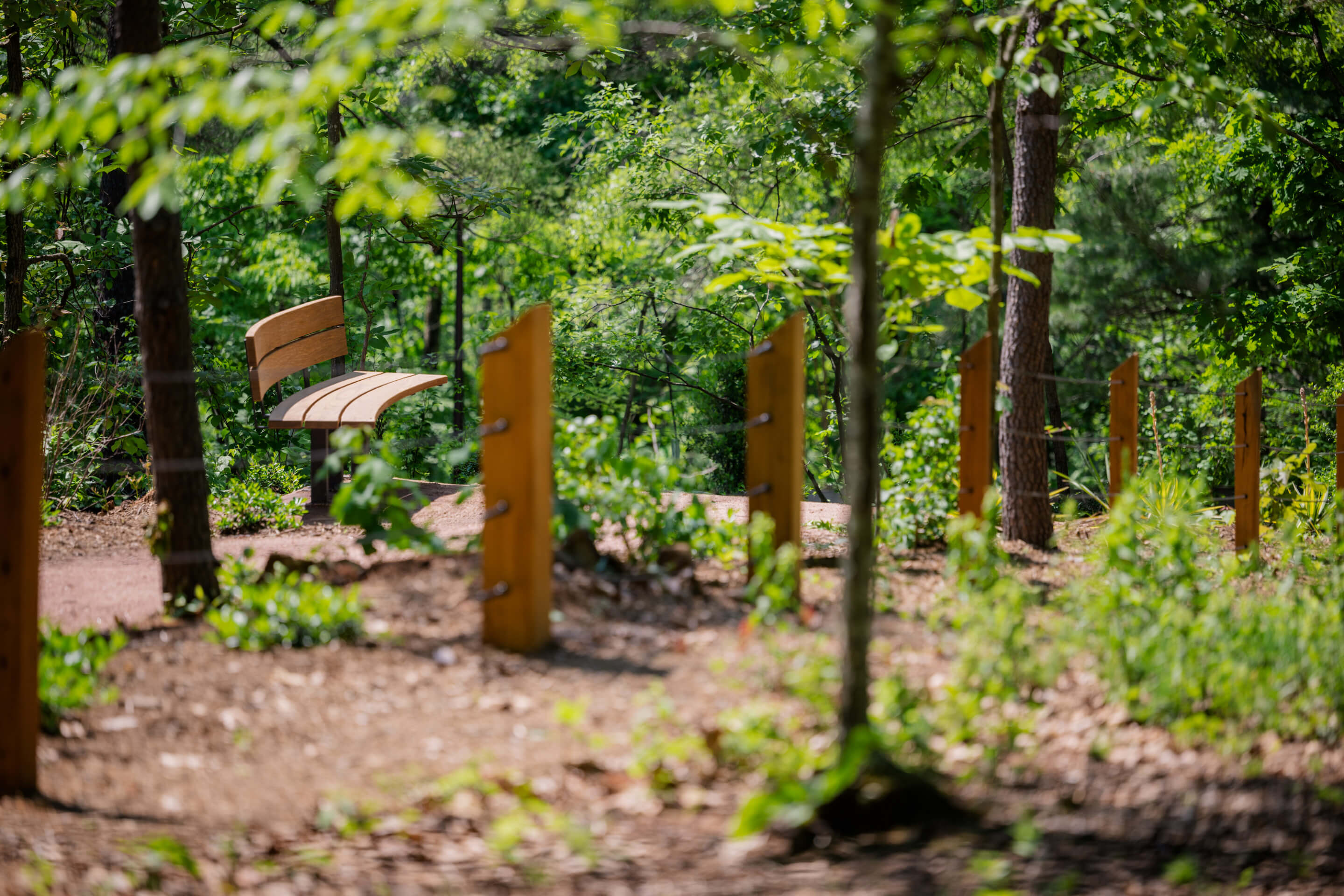
Thomas Woltz, principal and owner of NBW added: “So much of our work is about daylighting the cultural history of the land. I can’t imagine a better or more important example of this work than the Burial Ground at Monticello, which for too long has been obscured. This project is an example of how design can make a place feel intentional, dignified, beautiful, and cared-for and can help bring daylight to this critical history of our nation.
As for this weekend’s rededication of the Burial Ground, it will take place during a special, two-day series of events entitled Ascendant: The Power of Descendent Communities to Shape Our Stories, Places and Future. Free and open to the public with advanced registration, the programming, which will be held on Monticello’s West Lawn, aims to “highlight the importance of descendant voices in the telling of American history—voices that have often been marginalized, or left out completely.”
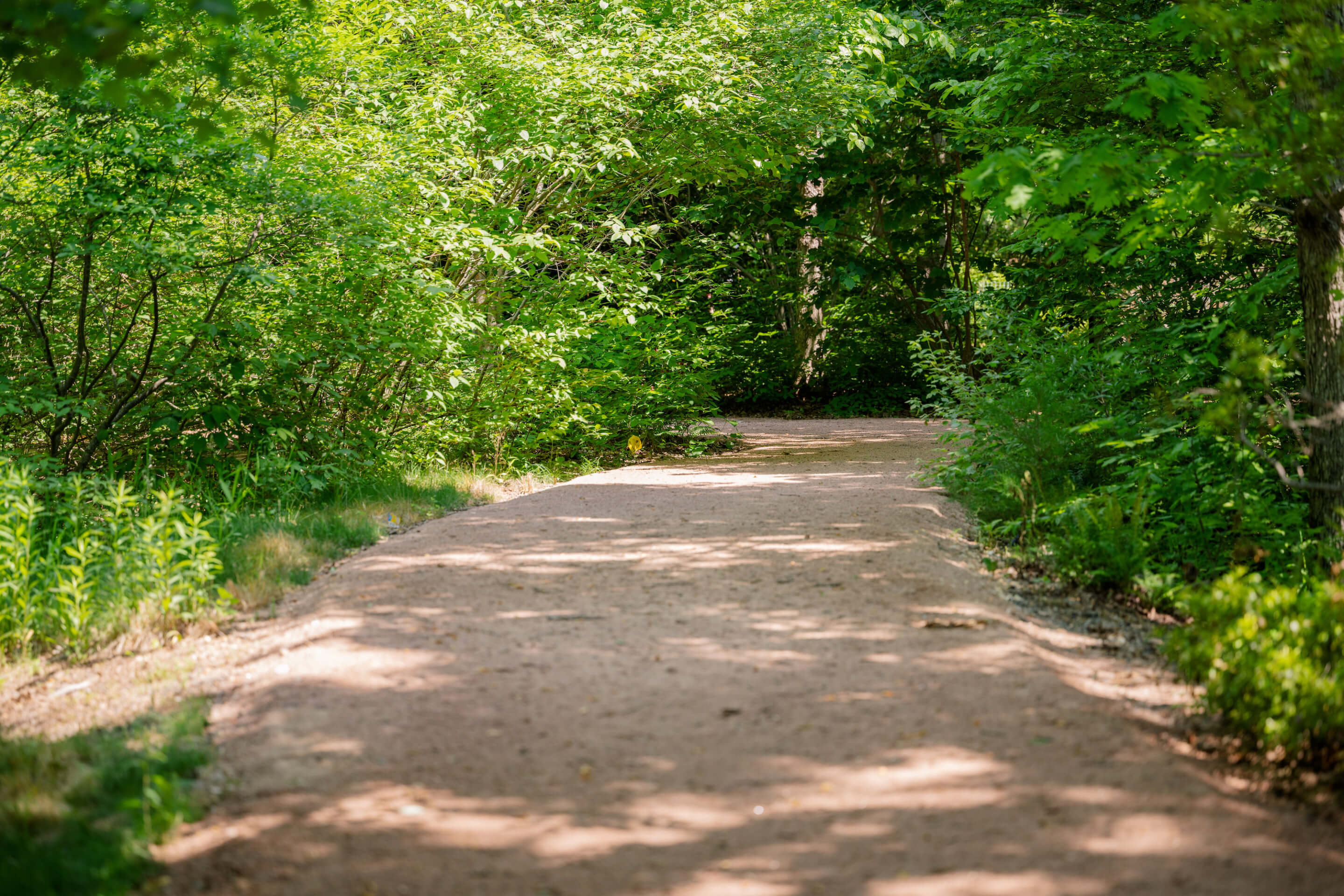
Joining Cook, Davenport, and the descendants of those enslaved at Monticello, a number of writers, artists, activists, and historians will be on hand to participate in conversions and performances during Ascendant. They include, among others, Grammy Award-winning trumpeter and artistic director of Jazz at Lincoln Center Wynton Marsalis, writer and poet Clint Smith, Academy Award-nominated filmmaker Ava DuVernay, violinist Karen Briggs, and Brent Leggs, an architectural historian and preservationist who serves as founding director of the National Trust for Historic Preservation’s African American Cultural Heritage Action Fund.
In addition to Ascendant, additional events in and around Charlottesville are scheduled to take place on and during the days leading up to Juneteenth.










